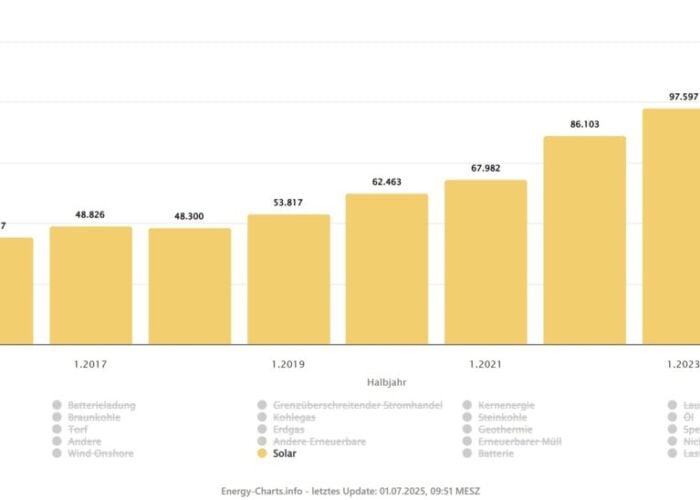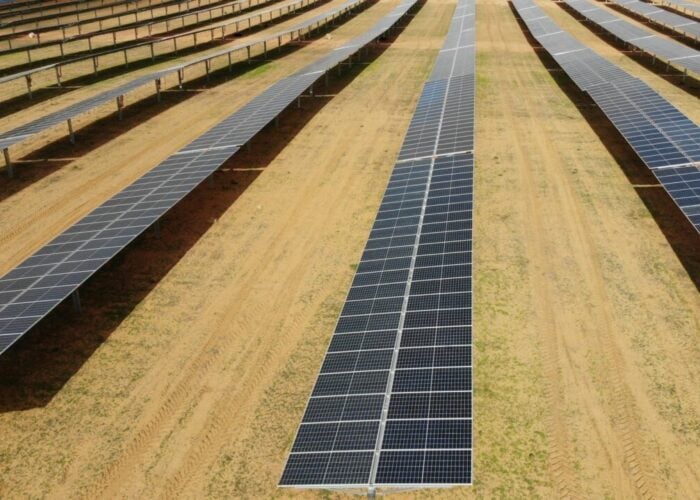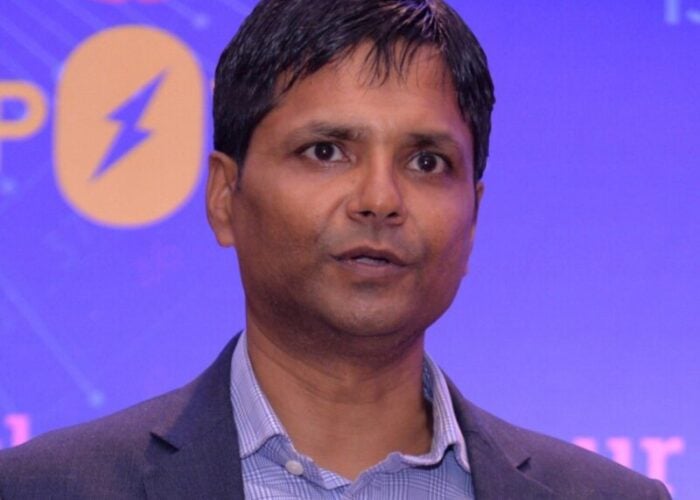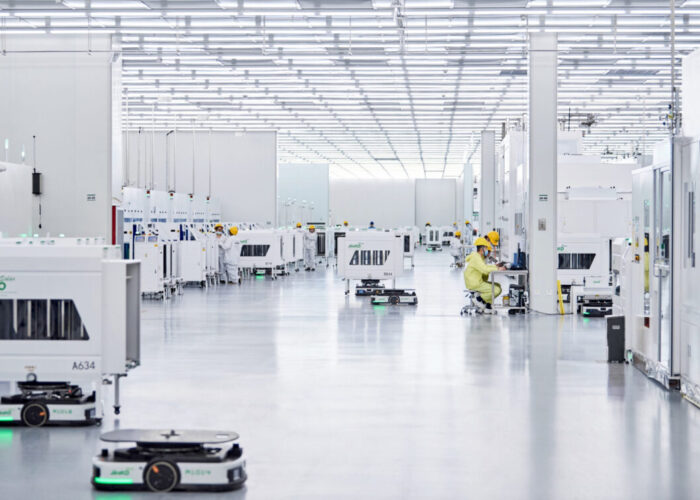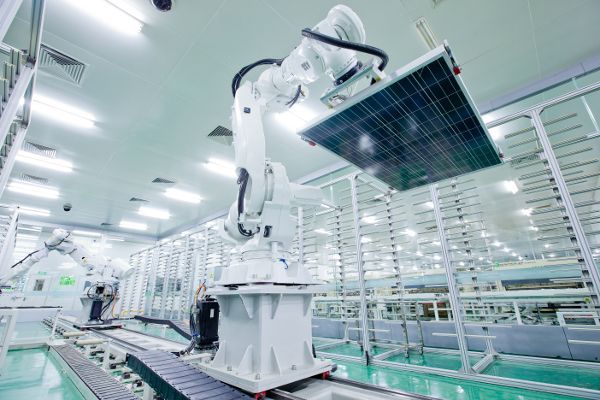
JinkoSolar has increased its PV manufacturing capacity expansion plans for 2022 once again in spite of margin pressure affecting its bottom line, citing accelerating demand in Europe and beyond.
Reporting its Q1 2022 results yesterday, ‘Solar Module Super League’ (SMSL) member JinkoSolar said planned investments in n-type cell capacity expansions, alongside broader macroeconomic trends and a belief that pandemic-related impacts on production and operations being temporary, gave the company confidence to accelerate its guidance for annual production capacities by the end of the year.
Unlock unlimited access for 12 whole months of distinctive global analysis
Photovoltaics International is now included.
- Regular insight and analysis of the industry’s biggest developments
- In-depth interviews with the industry’s leading figures
- Unlimited digital access to the PV Tech Power journal catalogue
- Unlimited digital access to the Photovoltaics International journal catalogue
- Access to more than 1,000 technical papers
- Discounts on Solar Media’s portfolio of events, in-person and virtual
Having established targets of solar wafer, cell and module capacities of 50GW, 40GW and 60GW respectively at the firm’s FY 2021 results disclosure last month, JinkoSolar now expects to finish 2022 with respective capacities of 55GW, 55GW and 60GW.
Jinko said its 16GW n-type production capacity had successfully ramped according to schedule, with mass-produced cell conversion efficiencies exceeding 24.6%, with the company expecting this output to start materially affecting shipments from Q3.
But that increase has been announced despite an explicit acceptance that 2022’s opening quarter had been “very challenging”, with chief executive Xiande Li in particular noting supply chain disruptions caused by a resurgence of COVID-19 infections, particularly in China.
Polysilicon prices have too remained high with demand far outstripping supply, while elevated shipping costs and logistics congestion – exacerbated by the COVID-19 situation in the east of China – have created a turbulent environment for PV manufacturing.
Jinko said it took “early action” and ensured it had “ample reserves” of raw materials, while more closely coordinating production, supply and its sales chain to better meet production timelines.
Nevertheless, JinkoSolar’s gross margin for the quarter fell to 15.1% as headwinds hit the manufacturer’s bottom line, two percentage points lower than its gross margin in Q1 2021.
JinkoSolar reported Q1 2022 shipments of just under 8.4GW, including 359MW of shipments of solar cells and wafers, marginally beating its guidance given last month. While that figure was down 13.4% on Q4 2021, it was up by more than 56% year-on-year.
Revenues came in at US$2.33 billion, equating to a gross profit figure for the quarter of US$351.2 million.
In guidance for Q2 2022, Jinko has forecasted for shipments in the range of 8.5GW – 9.5GW whilst reiterating its full-year shipments forecast of 35GW – 40GW.
While the company gave no formal margin guidance within its results disclosure, a move announced since the company’s dual-listing on China’s STAR Market, CFO Pan Li told analysts that the company expects its Q2 margin to be stable on Q1, indicating that much of the travails – and crucially pricing – witnessed in the opening quarter are expected to last into the second half of the year.
JinkoSolar added that with supply to the US market essentially curtailed due to ongoing uncertainty surrounding the contentious anti-dumping circumvention investigation, it was witnessing a significant increase in demand from Europe, with many markets on the continent increasing solar deployment targets owing to Russia’s invasion of Ukraine and the shockwaves it has sent through power markets.
“In Europe, the Russia-Ukraine war has highlighted the need for solar energy, with incremental demand expected within the year and further steady increases over time. We expect total global installations to reach about 250 GW in 2022 and distributed generation to make up a higher proportion of the energy mix in countries traditionally reliant on gas-fired and thermal power,” Xiande Li said.

